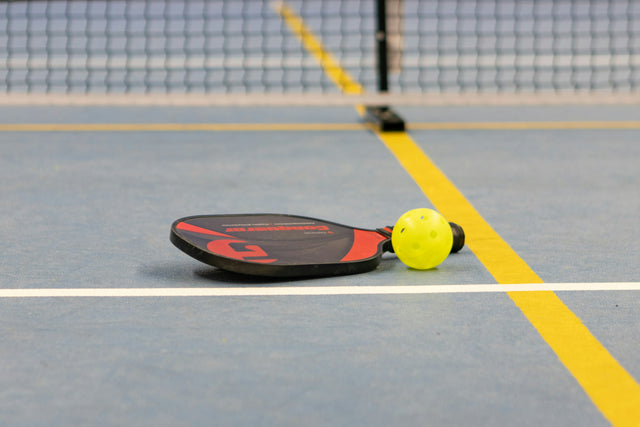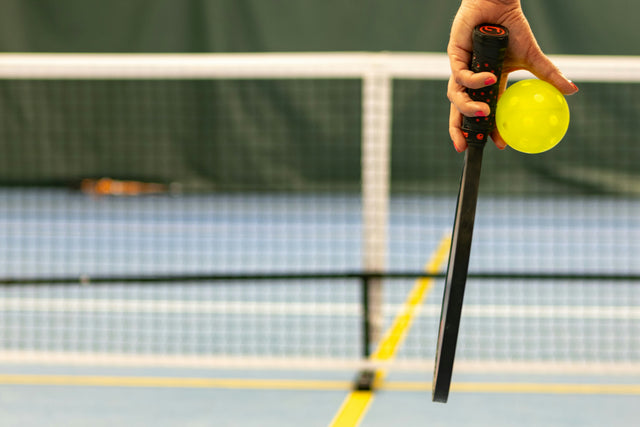Choosing the right pickleball paddle is akin to selecting the perfect tool for any craft—it can make all the difference in your performance and enjoyment of the game. With the sport's growing popularity, the market is flooded with paddle options, each boasting different features and designs. Navigating this sea of choices can be overwhelming for players, especially those new to the game. However, by understanding the key factors that influence paddle selection, you can make an informed decision that complements your playing style and enhances your skills on the court.
One of the most important considerations when choosing a pickleball paddle is weight. Paddles come in a range of weights, from light to heavy, and each weight category offers distinct advantages. Lighter paddles are prized for their maneuverability and quick response, making them ideal for players who rely on speed and agility. On the other hand, heavier paddles provide more power behind each shot, making them suitable for players who prioritize strength and control. Finding the right balance between weight and maneuverability is crucial for achieving optimal performance on the court.
Another essential factor to consider is grip size. The grip size of your paddle can significantly impact your comfort and control during gameplay. A grip that is too small may lead to hand fatigue and decreased stability, while a grip that is too large can hinder your ability to maneuver the paddle with precision. It's essential to choose a paddle with a grip size that feels comfortable in your hand and allows you to maintain a firm hold throughout the game. Many manufacturers offer paddles with adjustable grip sizes or various grip materials to accommodate players' preferences.
Material is another critical aspect of paddle selection that can affect your performance on the court. Paddles are typically made from materials such as wood, composite, or graphite, each offering unique benefits and drawbacks. Wood paddles are known for their durability and affordability, making them an excellent option for beginners or recreational players. Composite paddles, made from a blend of materials such as fiberglass and polymer, strike a balance between power and control, making them popular among intermediate players. Graphite paddles are prized for their lightweight construction and exceptional touch, making them the preferred choice for advanced players seeking maximum performance.
In addition to weight, grip size, and material, the shape of the paddle also plays a crucial role in its performance. Paddles come in various shapes, including traditional, elongated, and widebody, each offering different playing characteristics. Traditional-shaped paddles provide a balanced combination of power and control, making them suitable for all-around gameplay. Elongated paddles offer a larger sweet spot and increased reach, ideal for players who want to generate more power on their shots. Widebody paddles feature a broader face, providing enhanced stability and control, making them well-suited for defensive players or those who prefer finesse shots.
In conclusion, choosing the right pickleball paddle is a personal decision that should take into account your playing style, skill level, and preferences. By considering factors such as weight, grip size, material, and shape, you can find a paddle that enhances your performance on the court and maximizes your enjoyment of the game. Whether you're a power player or prefer finesse shots, selecting the perfect paddle can make all the difference in your pickleball experience.



